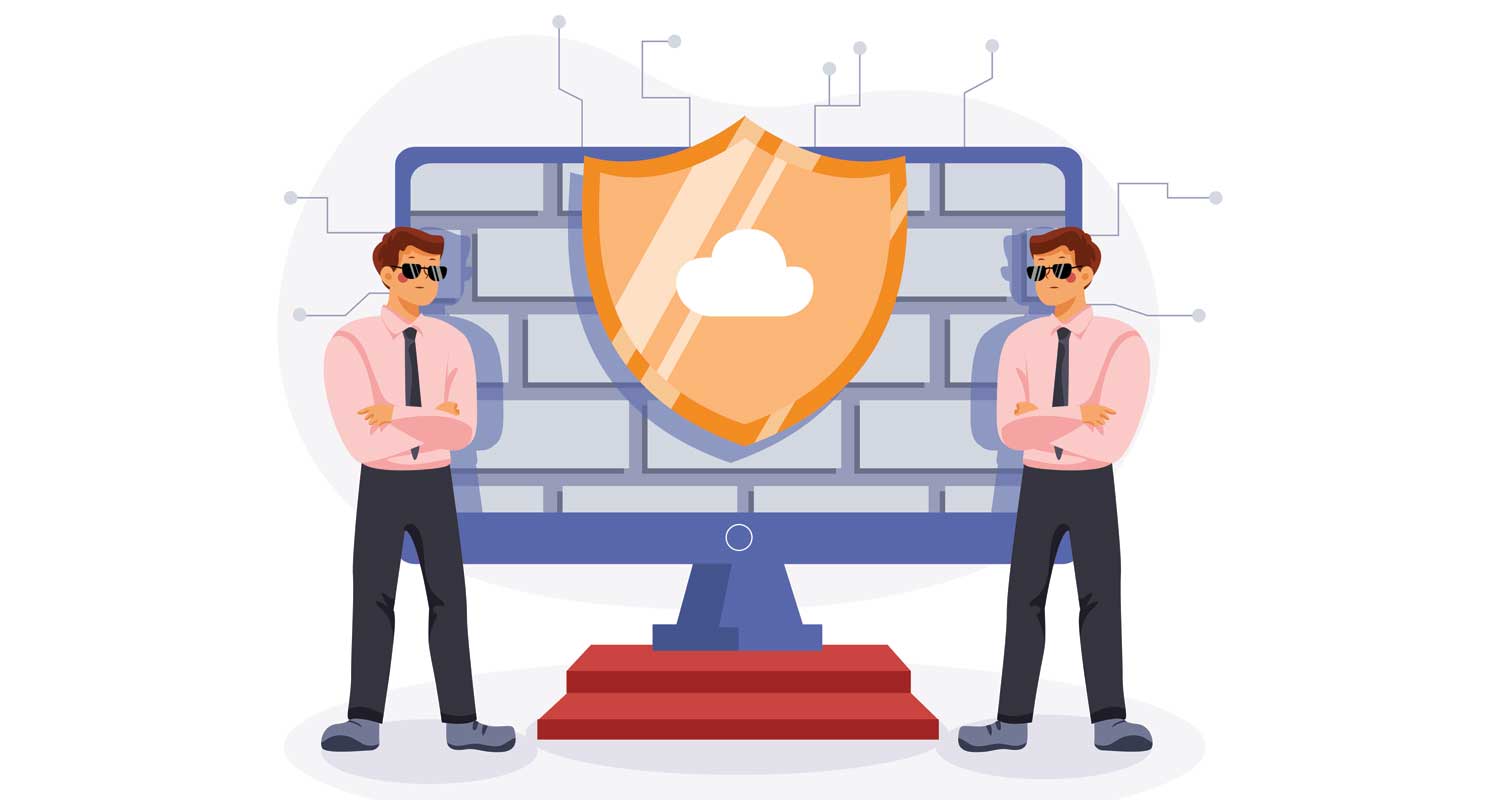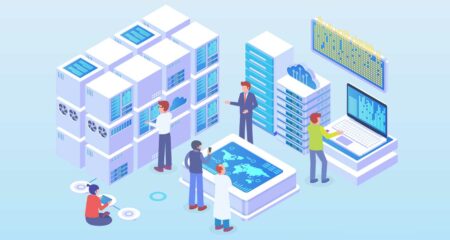 More than half of organisations have experienced an insider threat over the past year, and these threats are on the rise. Compounding the problem is the fact that the timely detection and prevention of insider attacks is extremely difficult, as these trusted users have legitimate credentials to access applications, networks and services.
More than half of organisations have experienced an insider threat over the past year, and these threats are on the rise. Compounding the problem is the fact that the timely detection and prevention of insider attacks is extremely difficult, as these trusted users have legitimate credentials to access applications, networks and services.
Knowing this, bad actors often attempt to exploit human vulnerabilities to get their hands on these credentials and gain unauthorised access, and they do this through a range of cunning social engineering techniques. An attacker might concoct a pretext that is comfortable and familiar to their intended victims, and then take advantage of their cognitive biases to lull them into a false sense of security and trust. They might send a phishing e-mail that is so cleverly crafted it would defy all but the closest scrutiny. Some even make use of tools such as deepfake or shallowfake technology to fool their target into believing they are speaking to their boss or someone in authority.
All the tools in the world
The bottom line? These attacks work, and even today’s top tools cannot keep their organisations 100% protected from attackers who are armed with genuine company login credentials. Statistics vary, but the IBM Cyber Security Intelligence Index Report from June 2022, claimed that 95% of security breaches are caused by human error, including carelessness, malice or simply lack of awareness.
The common maxim today is that people are the weakest link in cybersecurity, and this negative portrayal of human nature is so deeply ingrained in the industry that many are unsure how to involve their people in the cybersecurity process more effectively. People are unpredictable and often inconsistent, adding complexity to the issue. Despite this, chief information security officers need to put measures in place to protect their organisations from determined social engineers and also realise that people can be a company’s greatest strength and protection, too.
Building a human firewall
One way to do this is to build a human firewall. Traditionally, firewalls act like sentinels at the gate, filtering and monitoring incoming and outgoing network traffic to protect the organisation by letting the good guys in, and keeping the bad guys out. Human firewalls can fulfil the exact same function. Well-trained employees can be armed with the knowledge and tools to identify and prevent cyberattacks before they become a real problem.
A human firewall is at the heart of building a “culture of security”, or a security mindset that permeates the business from the ground up, and encourages security-first thinking as a business priority. It is key because, if done effectively, taking the necessary security precautions and being security-aware becomes as natural as breathing.
Because human error is the major reason why data breaches happen, having an effective human firewall is critical. However, bad actors grow increasingly imaginative and determined, always honing their methods for the best chance of success. Therefore, entities in every sector need to equip their workforces with the skills to recognise and respond to these attacks. One way to do this is through ongoing security awareness training.
Encourage a security-first mindset
The first step to take when building a human firewall is to start to fuel a cybersecurity culture from day one. Staff members from every level of the organisation should be mandated to take part in security awareness training, and even the onboarding of new staff members should include cybersecurity awareness training. Employees who work remotely or on a hybrid basis should not be forgotten and should have regular training as part of their working week, too.
Through effective cybersecurity awareness training, workforces can learn to identify a cyberattack, such as a phishing e-mail, and take the appropriate actions to stop it in its tracks before a breach can occur. It makes sense, too, that the greater the number of employees that are involved and aware of their role when it comes to protecting the organisation, the stronger and more impenetrable the human firewall becomes.
Don’t underestimate the consequences
It is also important to be aware that to successfully defend against today’s security threats requires a mixture of tools, techniques and procedures, or TTPs as they are known. Cyberattacks are a very real and growing threat, and entities of every size and in every sector should underestimate the potentially catastrophic consequences at their peril.
Therefore, alongside a human firewall, having solutions in place such as data loss prevention, backup solutions and managed services can also boost a company’s ability to effectively identify threats before they do damage, or at least limit the fallout to a minimum. In addition, it is always advisable to enforce principles of least privilege to ensure that no employee has access to any systems or data that they don’t strictly need to do their job.
After all, cybersecurity is everyone’s problem, and therefore everyone’s responsibility, and having well-trained staff and industry-leading solutions is the most effective way of securing the business from today’s advanced threats.
Get to know us
Very few companies have a successful track record spanning more than 40 years in the South African economy. Infotech is a multi-disciplinary technology company with a range of solutions focused on delivering true business value to customers in real time. The company, which was founded in 1980, has consistently challenged itself on making a difference in the world through innovative technology solutions. For more, visit infotech.co.za.
- This promoted content was paid for by the party concerned


